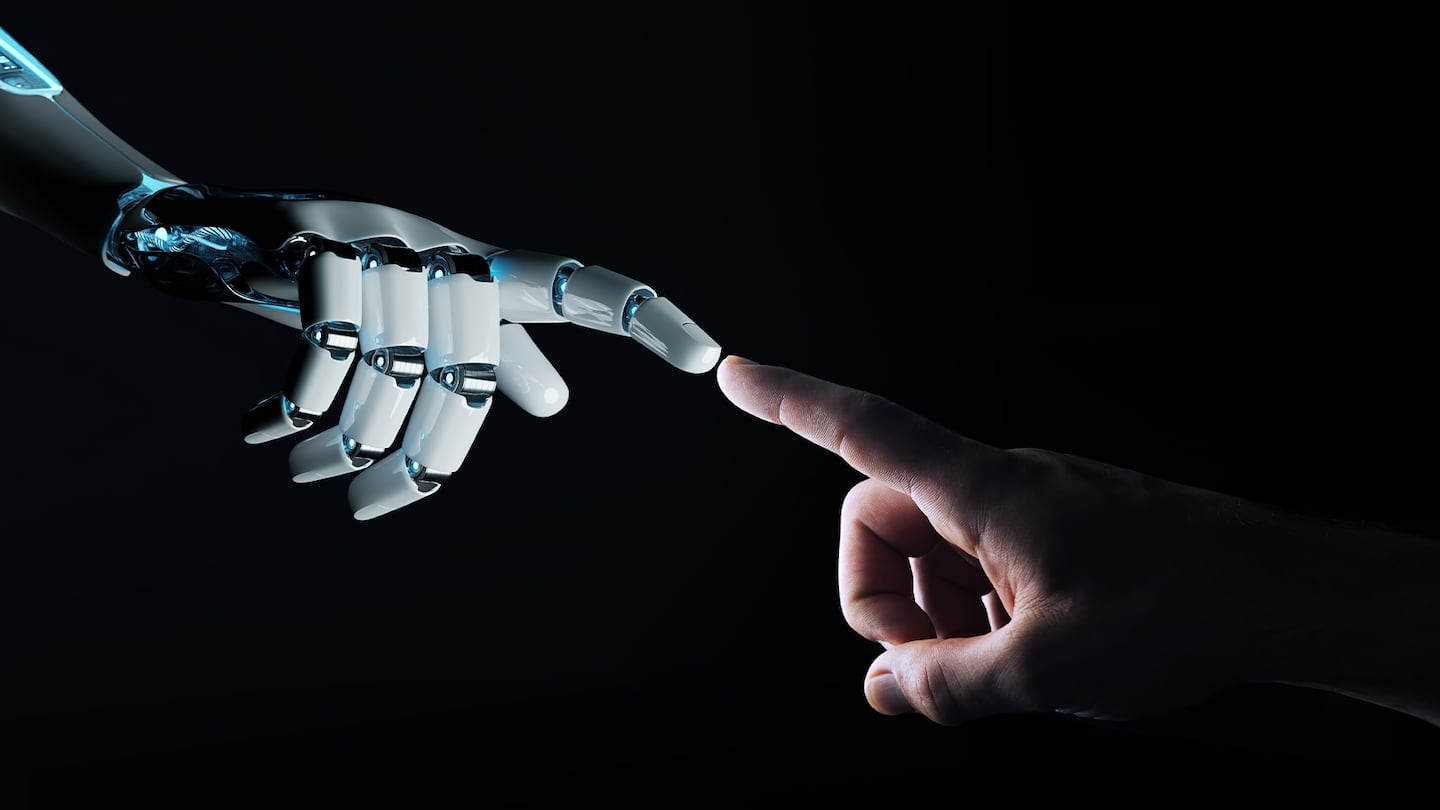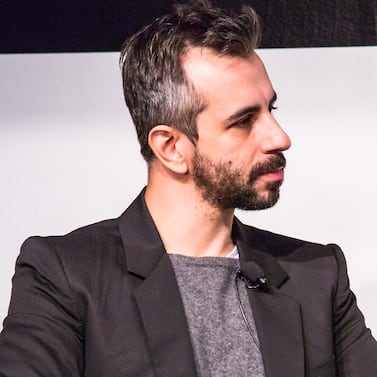
The Business of Fashion
Agenda-setting intelligence, analysis and advice for the global fashion community.

Agenda-setting intelligence, analysis and advice for the global fashion community.

Fears about AI’s potential impact on industries and society are reaching a new pitch.
On Monday, the New York Times published an interview with Geoffrey Hinton, an AI pioneer who recently quit Google to sound an alarm about the technology’s rapid, unchecked progress. His comments come a month after more than 1,000 tech leaders, researchers and others published an open letter calling for a pause on AI’s development to put in place safety protocols. Their concerns are that AI, if not developed responsibly, could have catastrophic consequences for humanity, up to and including the possibility that superintelligent computers could take over.
Fashion’s worries about AI are decidedly more limited but no less valid. When BoF posted about the first AI Fashion Week on Instagram last week, the top comments mostly reflected fears AI could eliminate human creativity and is effectively stealing the ideas of all the designers whose work generative AI tools are trained on. Levi’s announcement at the BoF Professional Summit in March that it would begin testing AI-generated models has similarly stoked anxiety they will take jobs from human models.
Of course, new technologies have always changed how we work, and fears that they’ll supplant workers are nothing new.
ADVERTISEMENT
So should fashion be concerned about AI?
It absolutely should, though that doesn’t mean ignoring the technology is the best approach.
The textile industry has been one of the historical frontlines in the battle between workers and automation. In the 16th century, Queen Elizabeth I is said to have denied a patent on the first knitting machine to inventor William Lee over worries it would put hand knitters out of work. And while calling someone a Luddite is today taken to mean they’re slow to embrace new technologies or broadly against technological advancement, the original Luddites emerged around the turn of the 19th century as a worker revolt against industrialists who adopted machines to produce stockings more quickly and cheaply.
There are some lessons in these struggles. One, it’s hard to stop a new technology. People might have very reasonable concerns about how it might affect workers, but that doesn’t often prevent businesses from using it if it saves them money or time. (Levi’s has said it’s using AI models to supplement human models and would continue to hire diverse models, but critics have still decried the move as a way to save on costs.)
Two, new technologies often do change the nature of work, displacing workers in the process. Many of the Luddites were forced to find new trades.
Three, that doesn’t mean a permanent net loss of jobs. Despite predictions that, at this stage in the 21st century, we’d all be looking for ways to fill our leisure time while robots do our drudgery, that’s not how things have panned out. As technologist Benedict Evans put it in a March edition of his newsletter, “new tech has always changed jobs and created new ones in systemically unpredictable ways.” Research tends to back up the point.
This dynamic is playing out in real time. The ability to tailor text prompts for generative AI tools to get the desired outcome is becoming a specialised skill, with companies hiring “prompt engineers” and AI fashion designers like those competing in AI Fashion Week treating the prompts they devised to generate their collections as a competitive advantage.
“We do not know their exact prompts and I know some are being pretty secretive about it. Like their ‘secret sauce,’” Cyril Foiret, founder of Maison Meta, which organised the event with support from Revolve, told BoF.
ADVERTISEMENT
It’s impossible to predict exactly how generative AI will affect fashion’s workforce over the long-term. If the technology proves as consequential as many believe, it’s likely companies will use it, and that it will destroy some jobs, transform others and create brand new ones.
White-collar workers are those most exposed, and tasks like writing product descriptions look destined for automation. Other roles, like design and patternmaking, seem more likely to evolve and take on different skillsets, like 3D drafting, than they might have a few decades ago. (The manual work of stitching clothes doesn’t look like it’s going anywhere in the next few years either.)
Maybe a more tangled issue will be how businesses handle intellectual property when generative AI relies on ingesting previous examples to produce new ones. Will copying claims be treated differently if the designer used AI? The music industry is already beginning to grapple with these issues as AI makes it easy to copy a singer’s voice.
What seems clear is that ignoring or fighting against AI probably won’t do much to stop it and doesn’t set up companies or their employees for the future. Smashing machines didn’t get the Luddites very far. Fashion should at least begin thinking about how to incorporate these tools in ways that take the new reality into account, without leaving workers behind.
The next phase of artificial intelligence promises to change – and potentially eliminate – many jobs that were unaffected by previous waves of automation.
Efforts to automate sewing have fallen short of expectations.
BoF’s technology correspondent Marc Bain joins Imran Amed to discuss Silicon Valley’s latest craze, and its potential for the fashion industry.

Marc Bain is Technology Correspondent at The Business of Fashion. He is based in New York and drives BoF’s coverage of technology and innovation, from start-ups to Big Tech.
Successful social media acquisitions require keeping both talent and technology in place. Neither is likely to happen in a deal for the Chinese app, writes Dave Lee.
TikTok’s first time sponsoring the glitzy event comes just as the US effectively deemed the company a national security threat under its current ownership, raising complications for Condé Nast and the gala’s other organisers.
BoF Careers provides essential sector insights for fashion's technology and e-commerce professionals this month, to help you decode fashion’s commercial and creative landscape.
The algorithms TikTok relies on for its operations are deemed core to ByteDance overall operations, which would make a sale of the app with algorithms highly unlikely.